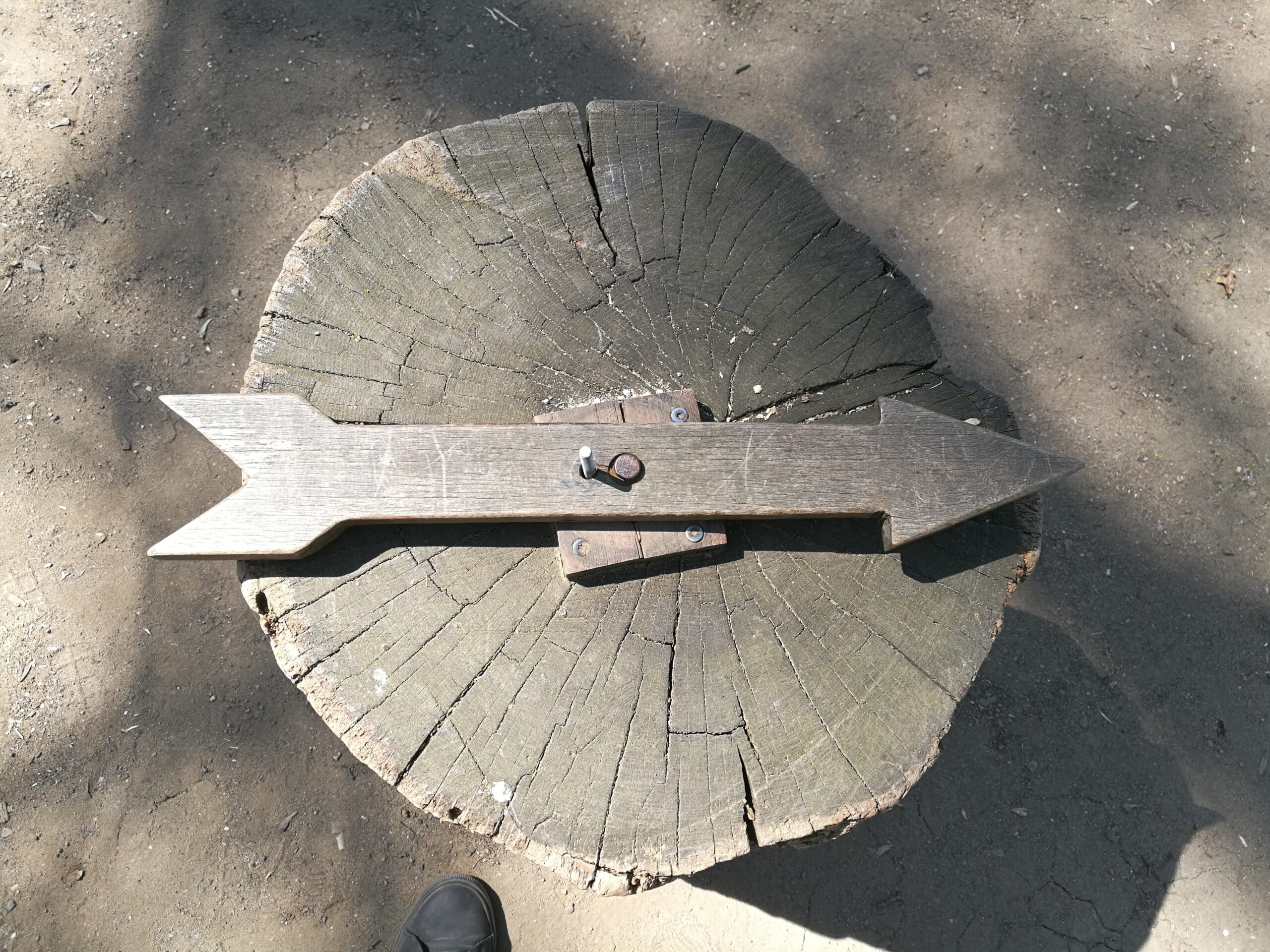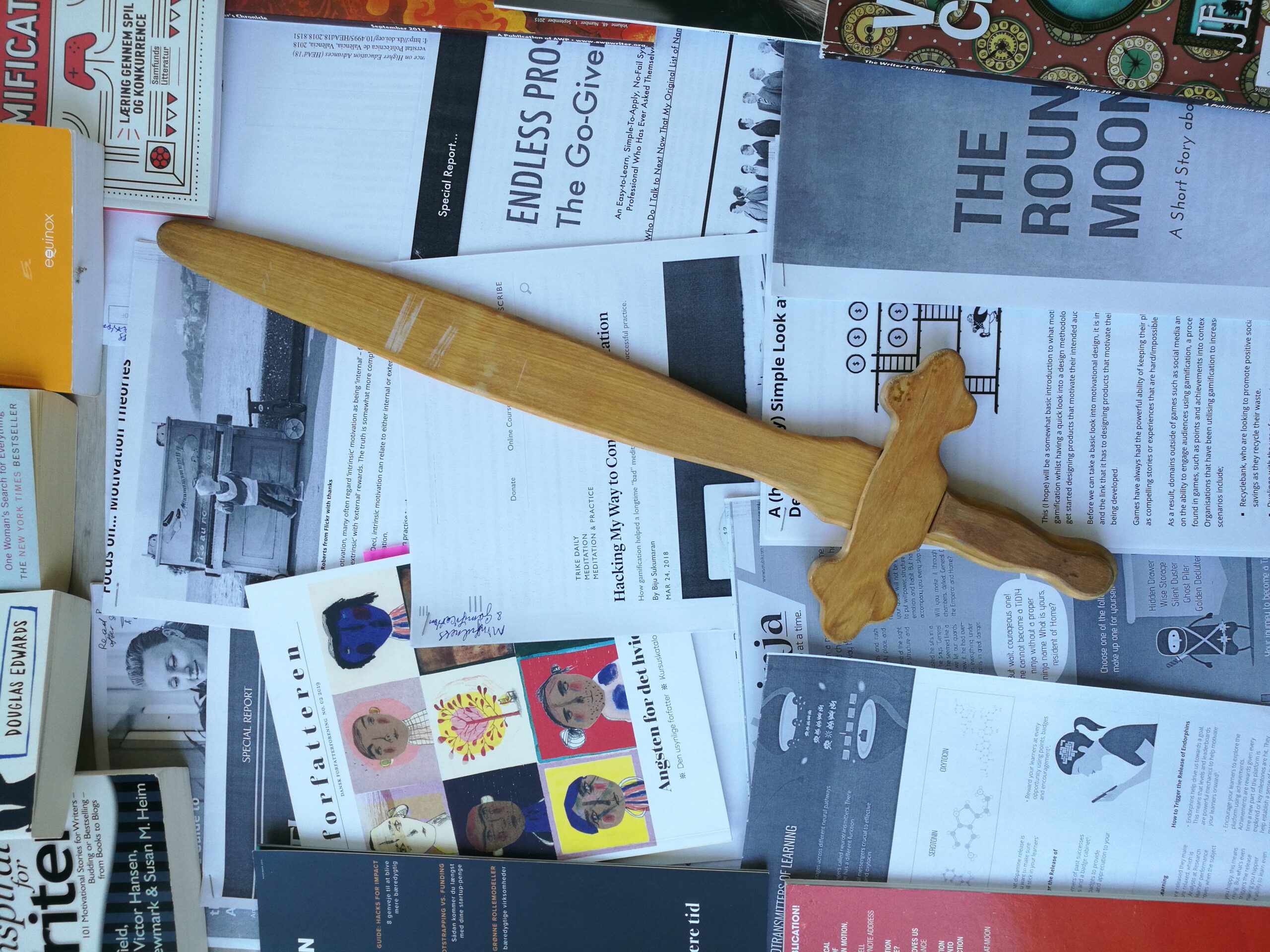***
Here is the second blog post in a new series featuring videos on YouTube, where I read a short paragraph from one of my motivational books and use it as a prompt to speak freely.
This idea was inspired by the free-writing exercise well-known among writers. I used dice and timer to turn this free-speaking exercise into fun games. I hope you enjoy watching them and maybe trying out this gameful approach for yourself and tasks you want or need to tackle today.
In this video, I read from my book, Self-Gamification Happiness Formula: How to Turn Your Life into Fun Games.
I am reading a paragraph from “Chapter 9. The Starting Point and the Next Step.”
Here it is if you want to read along, prior, or afterward.
***
The prompting paragraph from the
Self-Gamification Happiness Formula
I could do the following in those “odd” places where I don’t have all the tools needed to make progress with my project; and these are the things I could prepare or use before going to those places. (Examples: put a notepad with a pen in the bathroom, print out the chapter of my thesis I am working on to take and read on the commute, download a free app to plot my novel, put a dictionary in the kitchen to look up the words for kitchen appliances in the language I want to learn, in the small breaks while cooking):
__________________________________________________________________
***
The next step
To take this game to the next level, I invite you to read the book and try out the exercises inside it. To look at Self-Gamification Happiness Formula and buy it on Amazon, click on its title or the image below. Please note that you can buy the book as an e-book, paperback, or audiobook:
If you want to see where else you can buy it, then go to the book’s page on this website here.
Alternatively, you can subscribe to my page, Optimist Writer, on ko-fi for $5 a month, and besides supporting what I do, you will also get access to all my motivational books, which I share there once a month or each time a book is out. Right now, you can get access to five of my books there — one upon subscription or one-time support and four in the posts solely for subscribers. Since the beginning of February, the Self-Gamification Happiness Formula is one of these.
Enjoy your day and make it gameful!

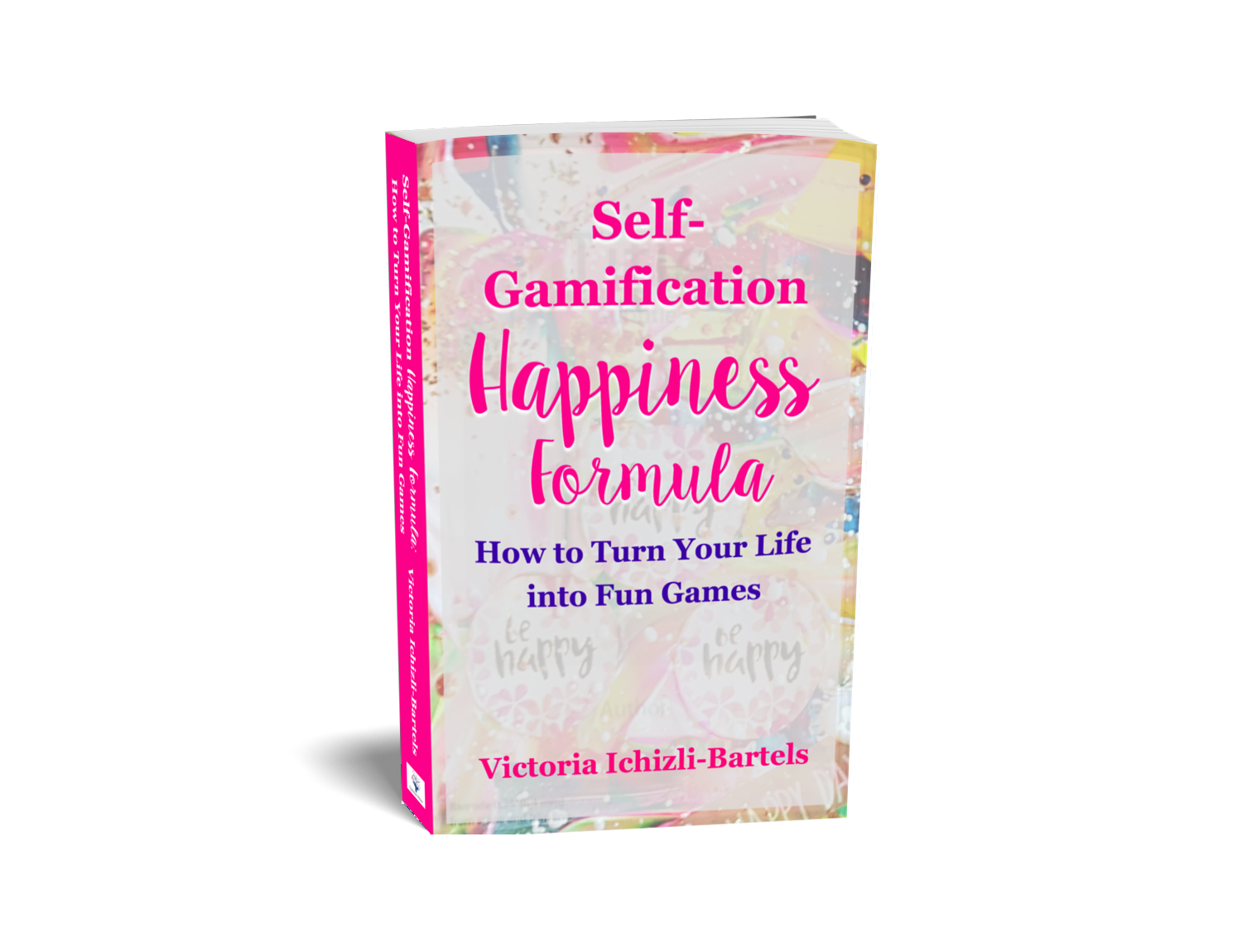

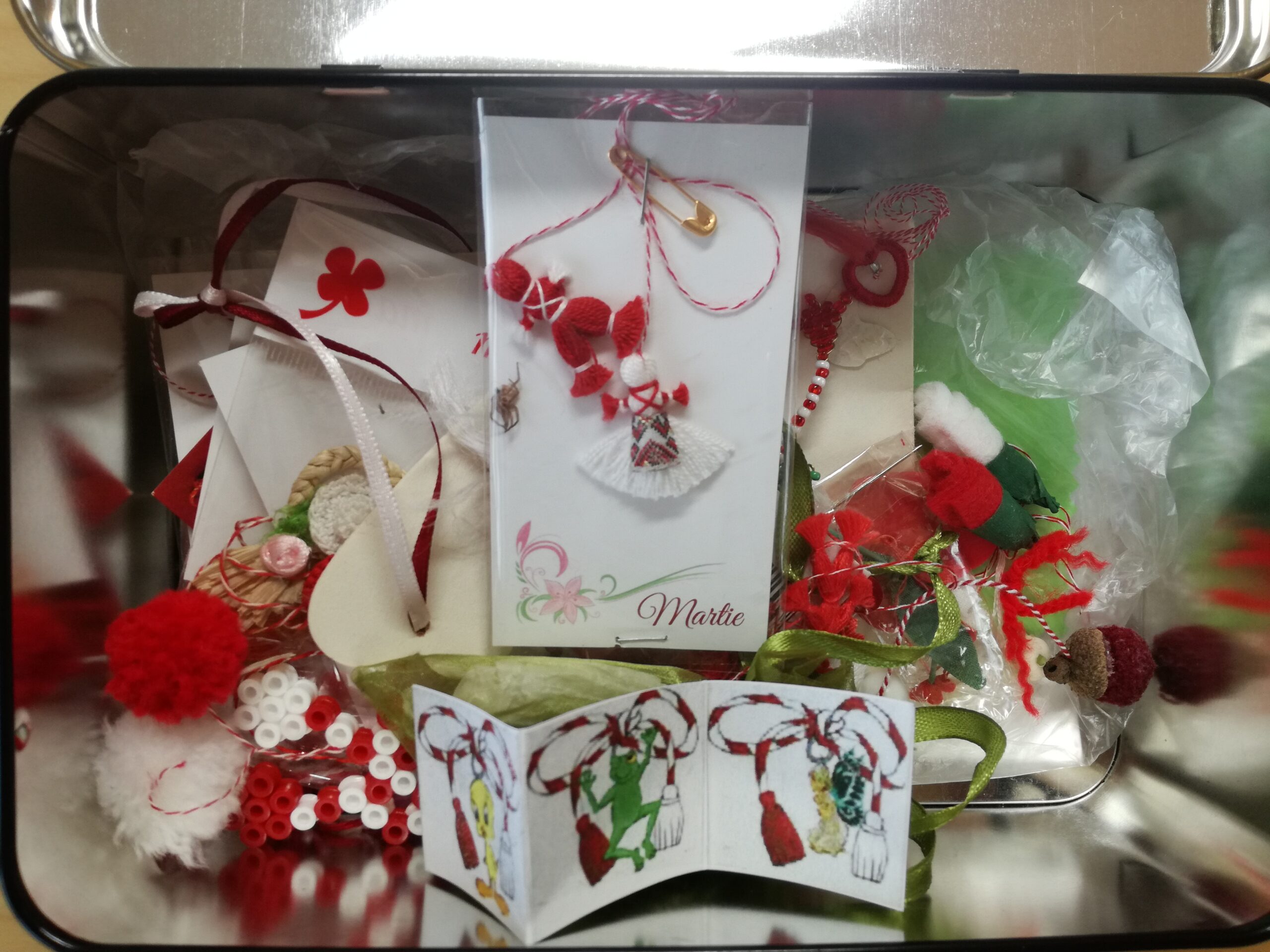
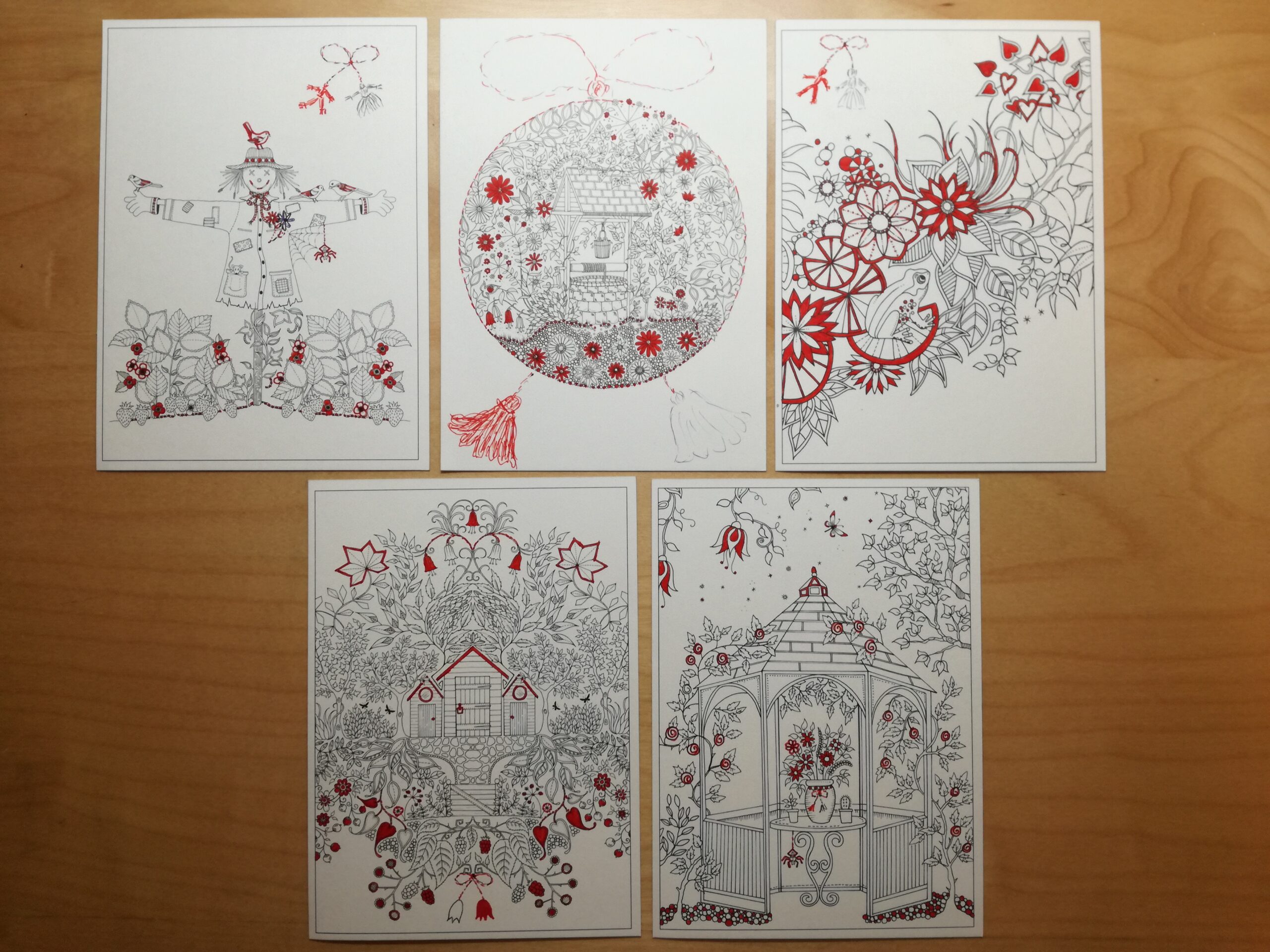
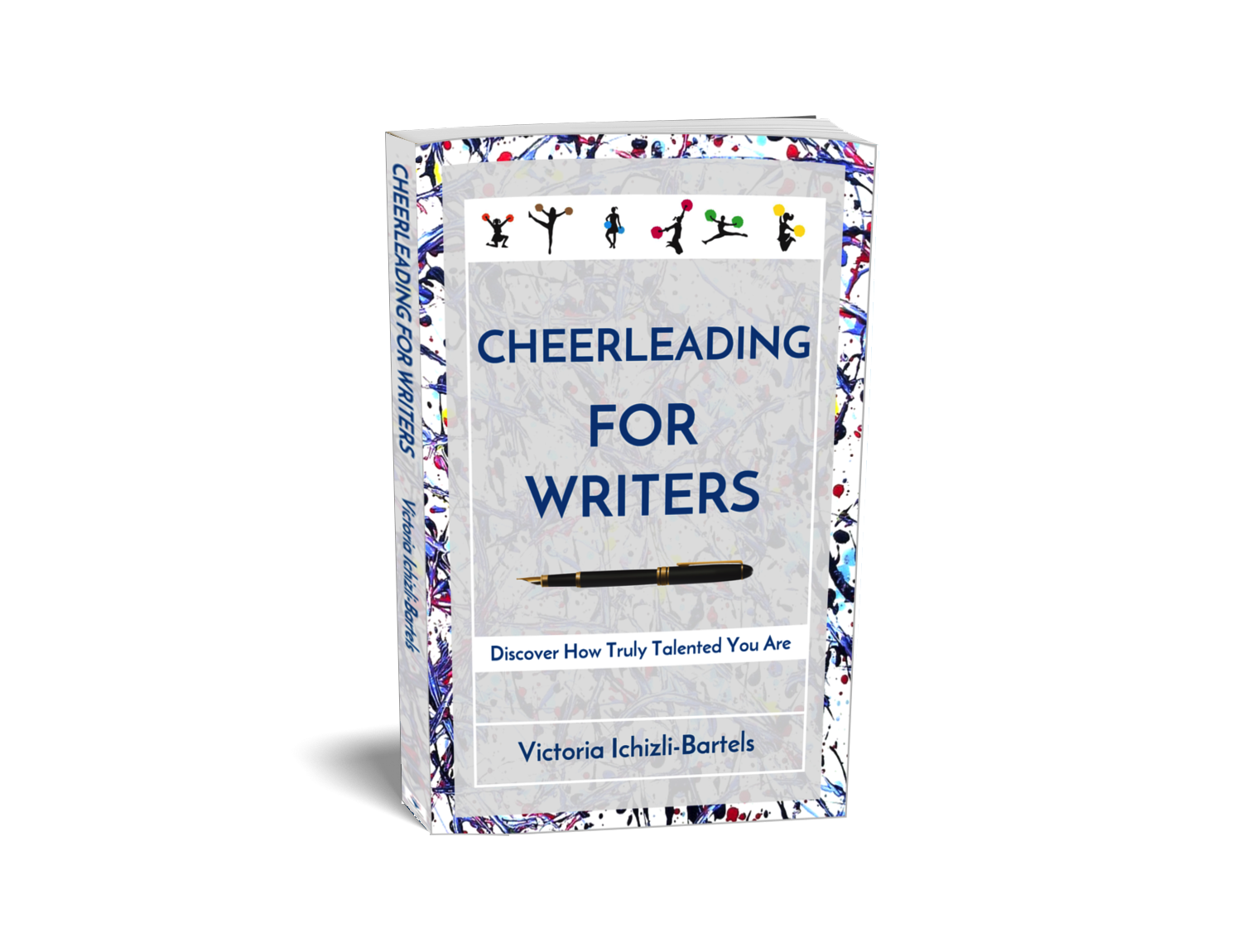
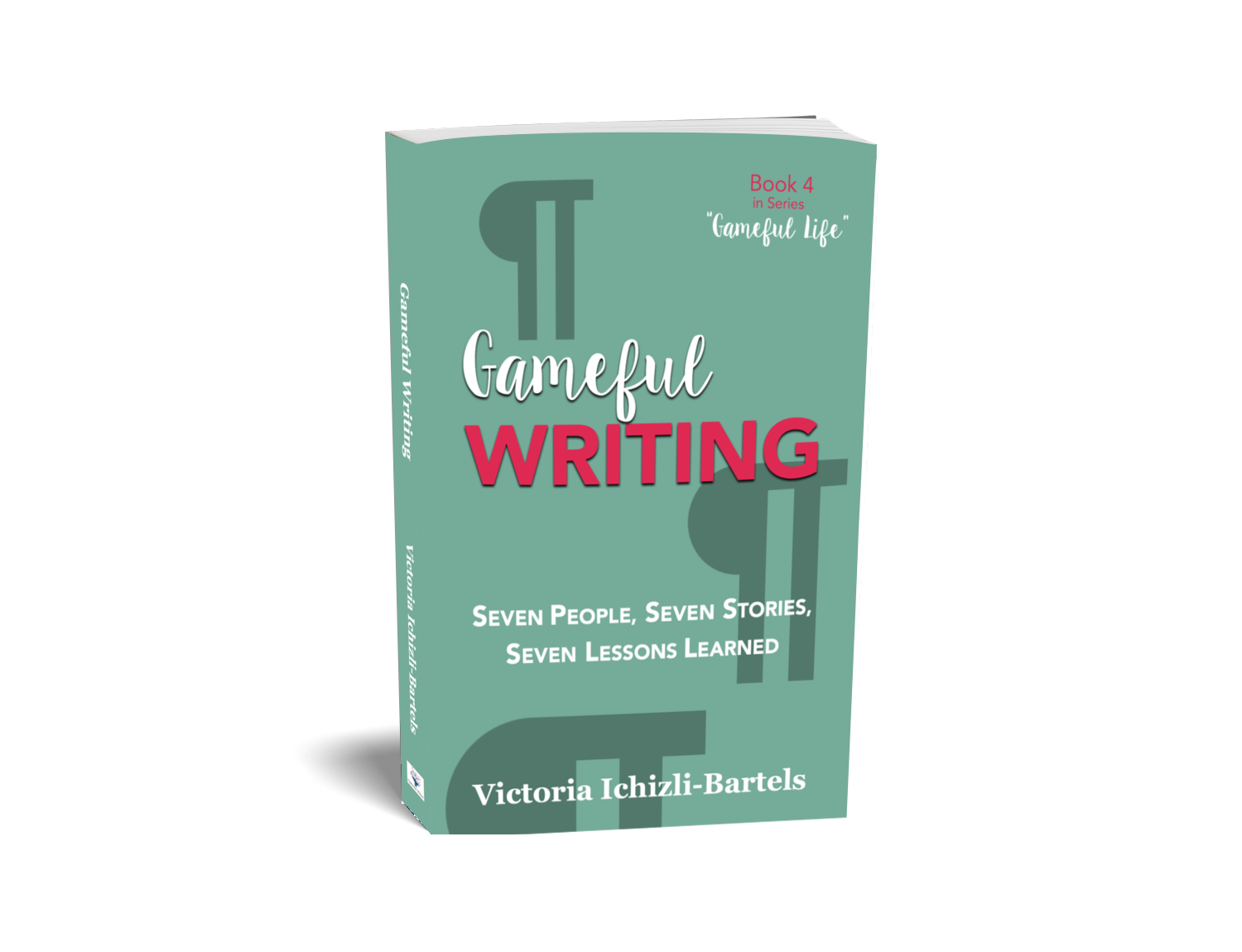
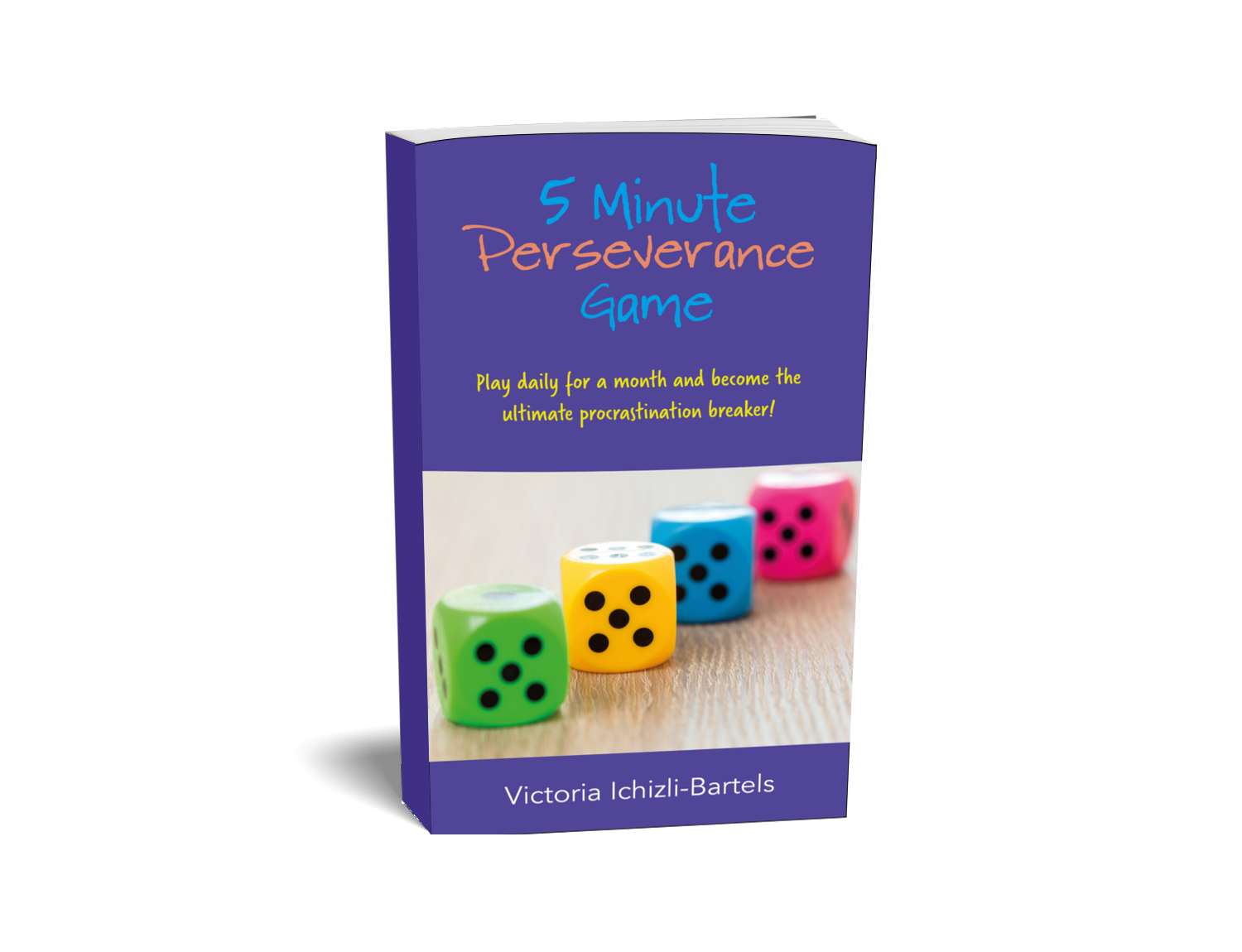
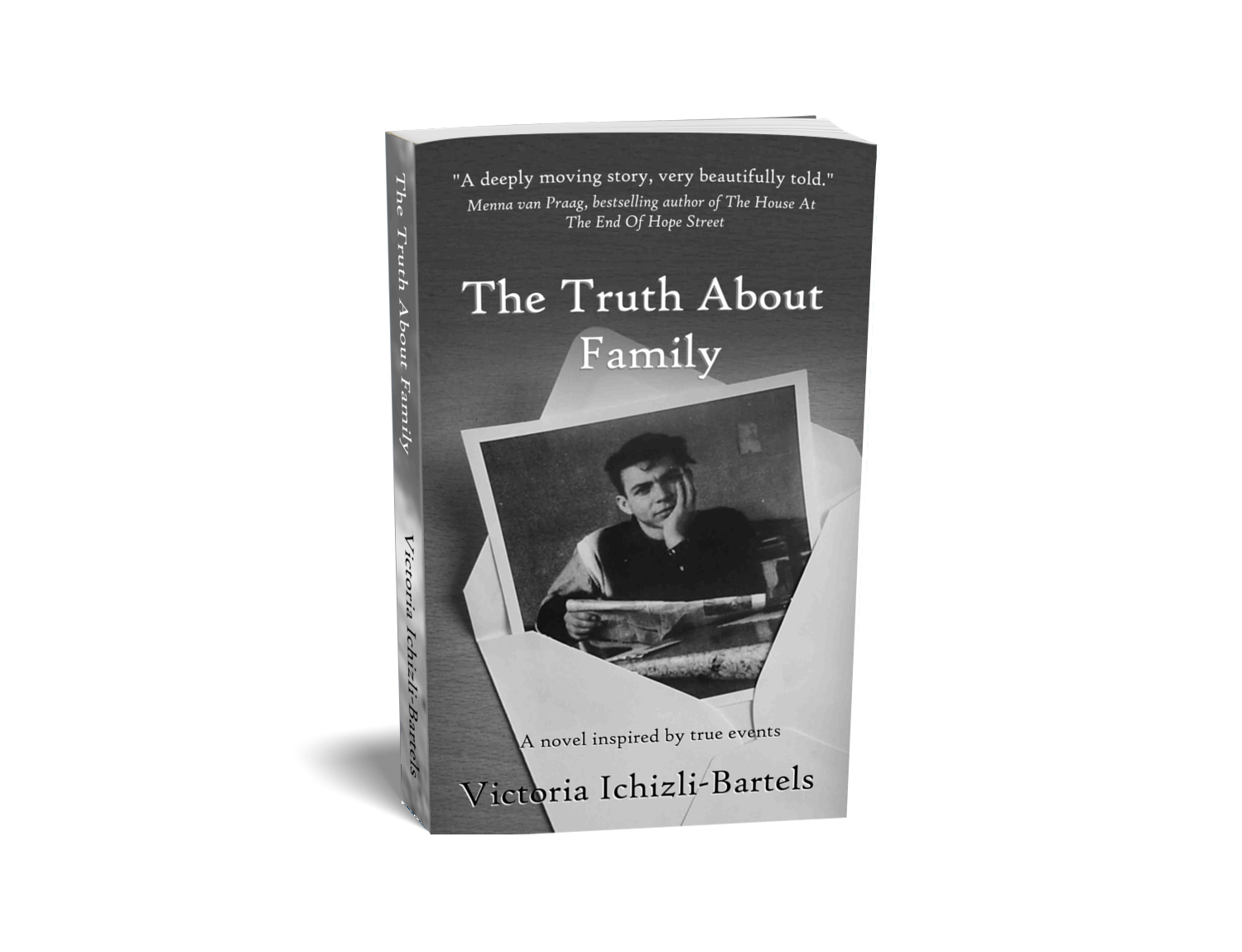
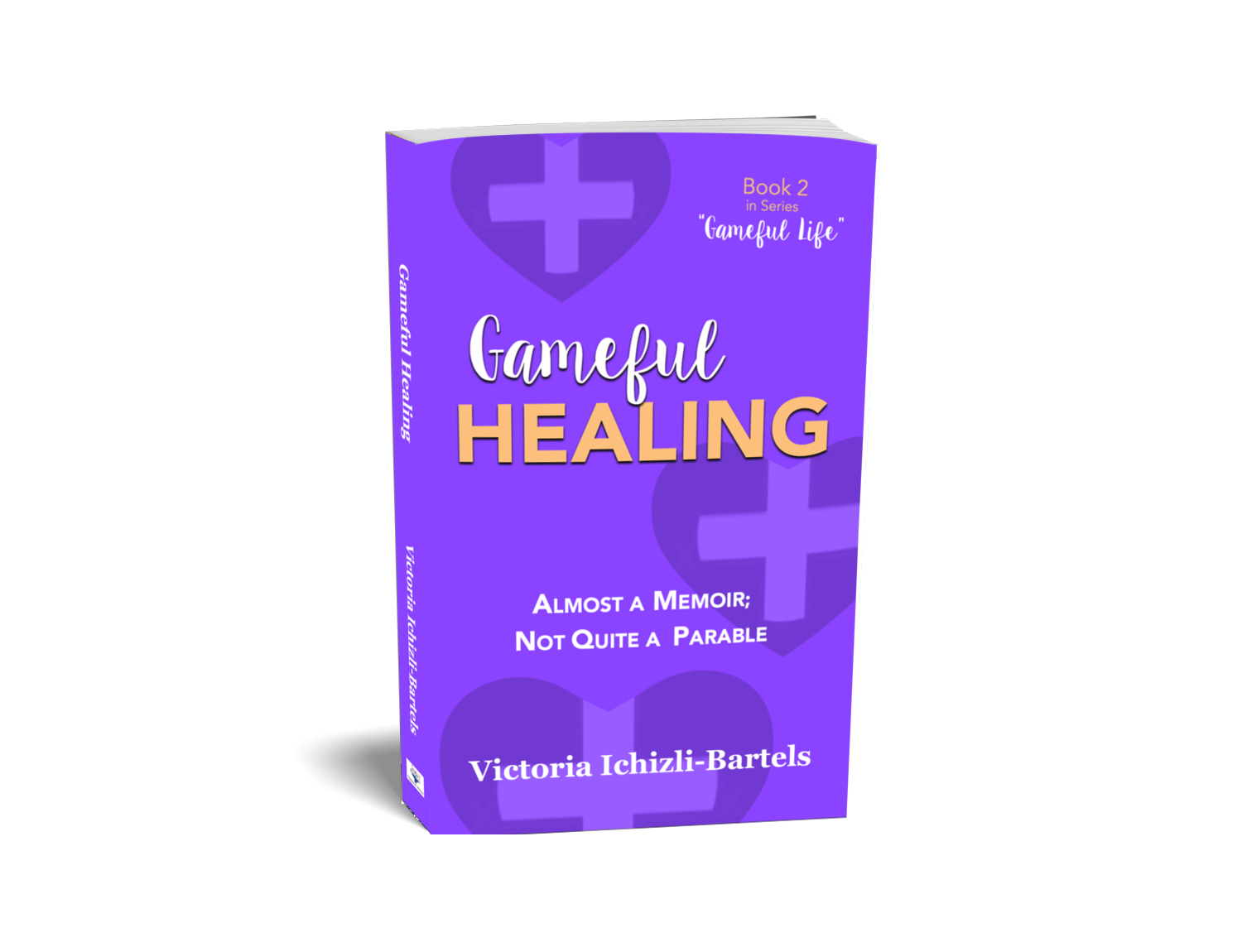
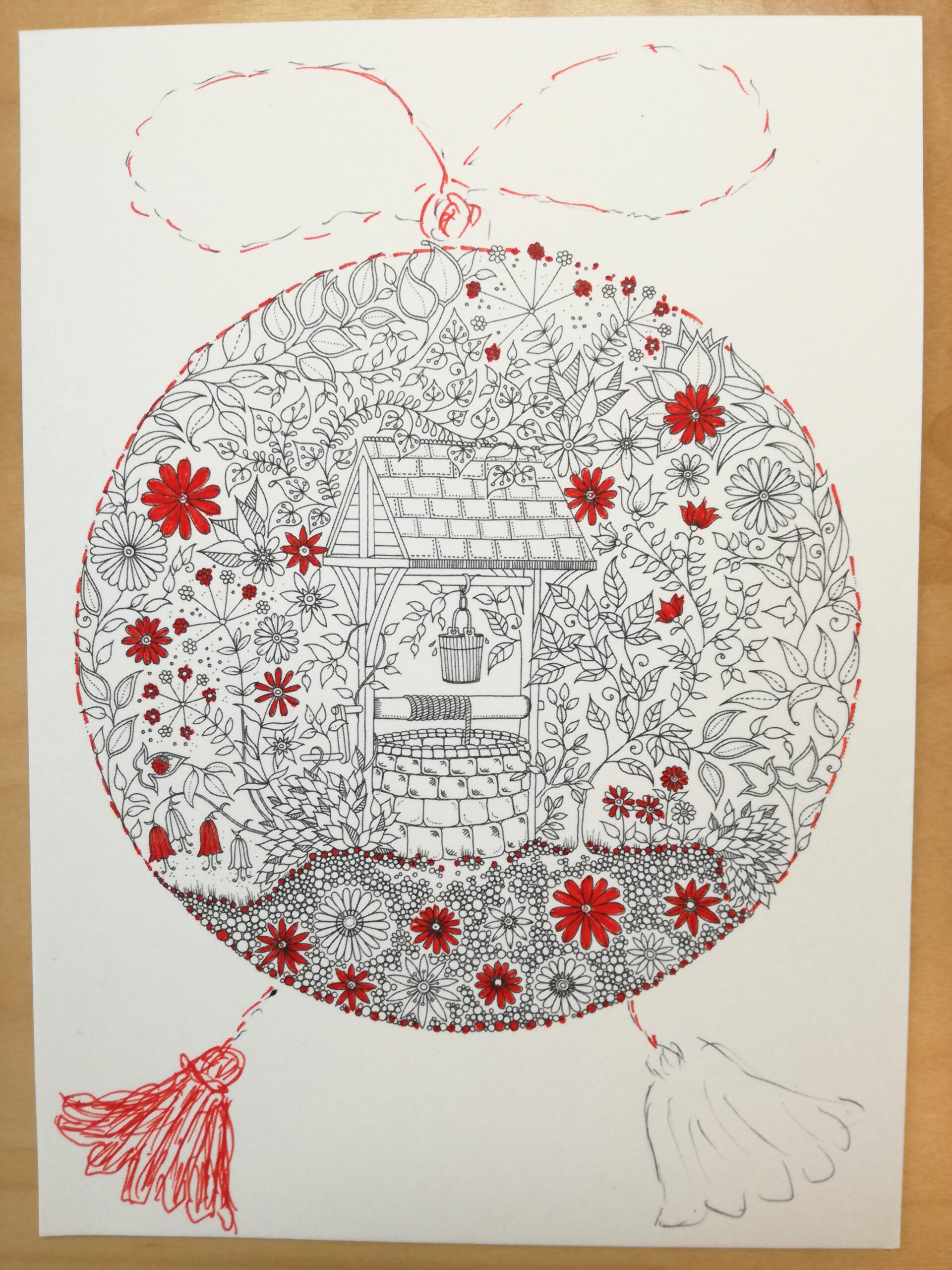
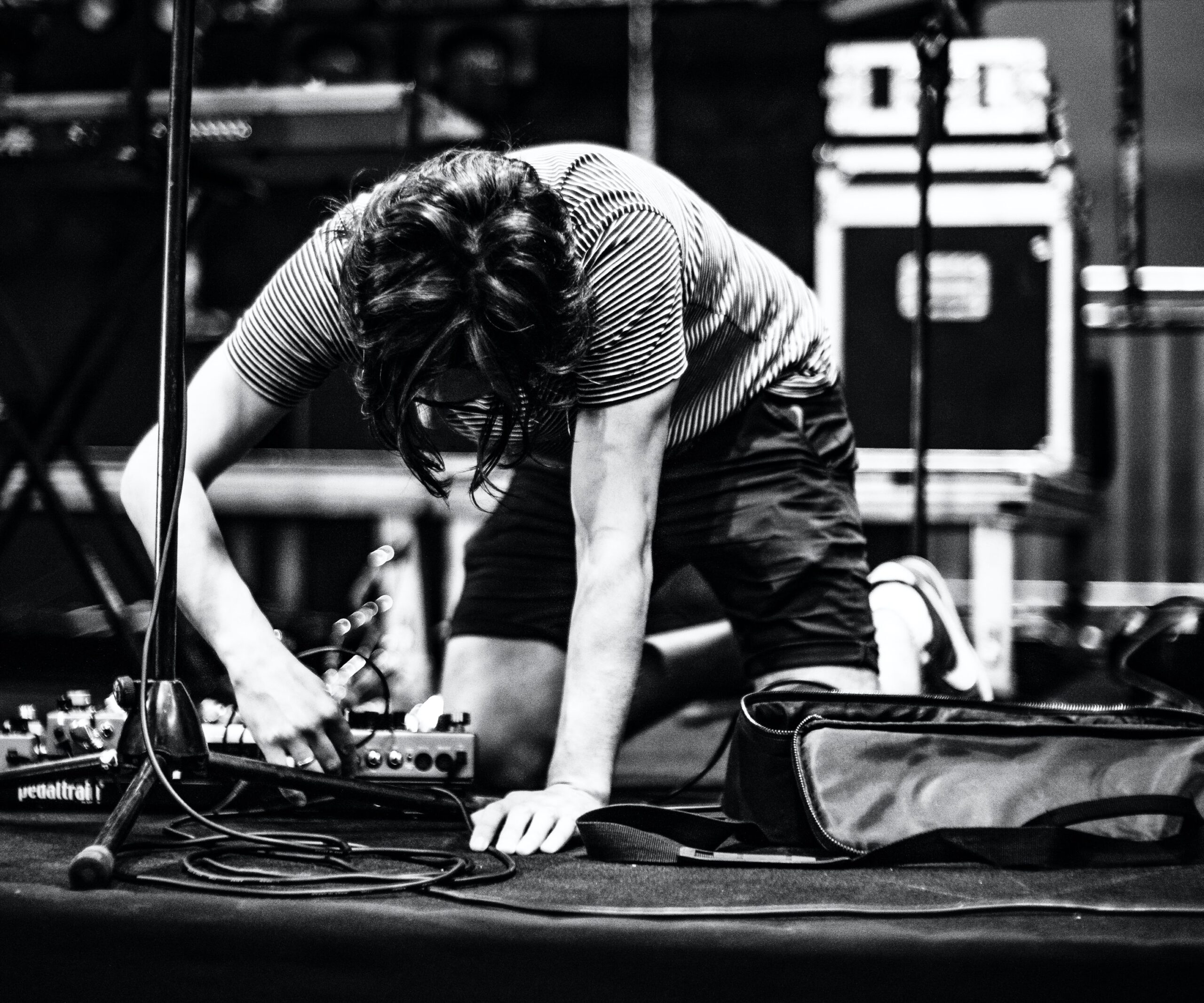 Photo by
Photo by 